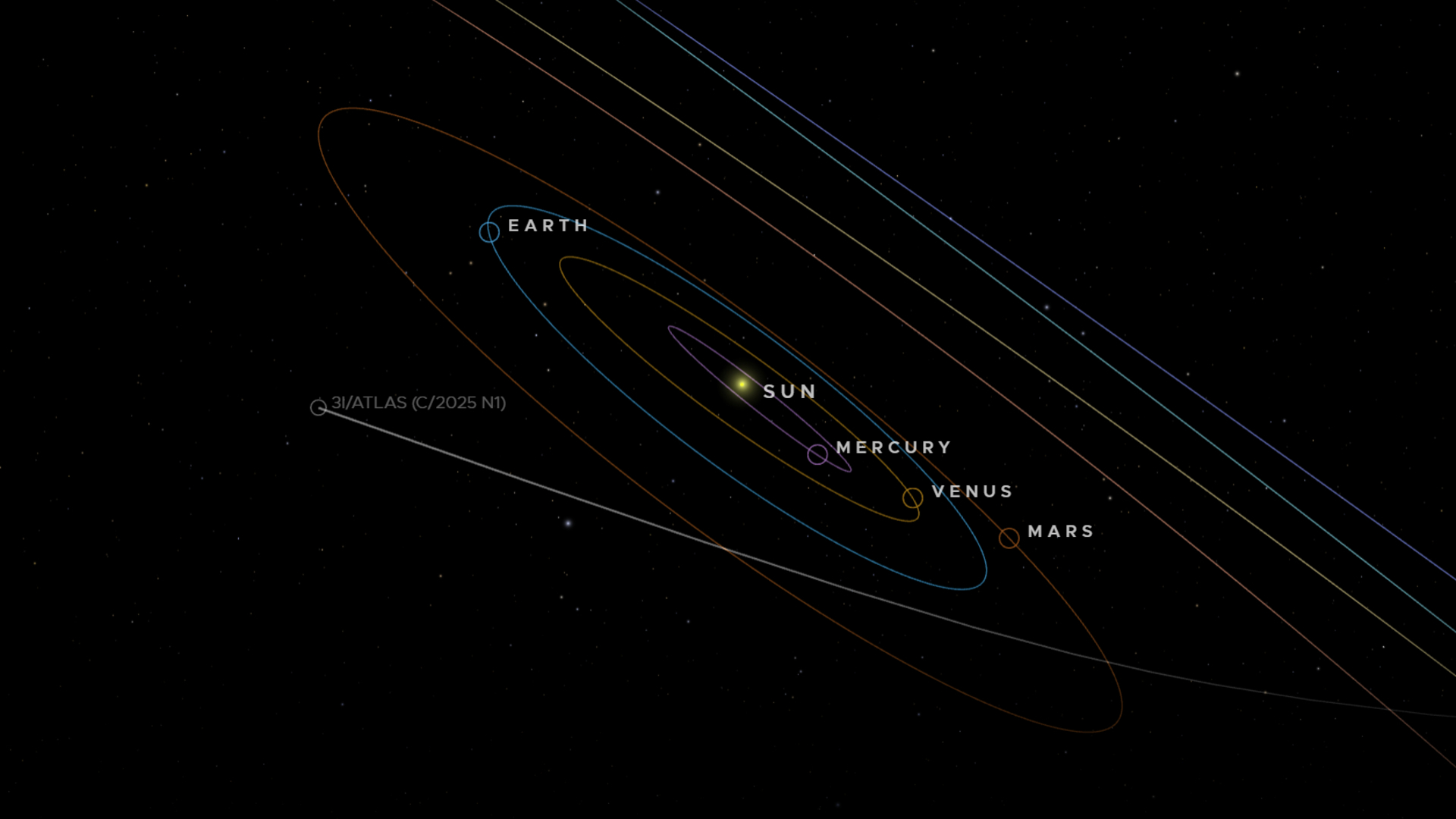Watch NASA's Mars InSight Lander Arrive at Its California Launch Site
NASA's InSight lander is one step closer to the Red Planet since arriving at its launch site, where final preparations are underway for liftoff in May.
InSight arrived at Vandenberg Air Force Base in California on Feb. 28 aboard a C-17 cargo plane, and a new video from NASA's Jet Propulsion Laboratory captures its landing and unloading at the Astrotech payload processing facility.
The mission, whose name is short for "Interior Exploration using Seismic Investigations, Geodesy and Heat Transport," is expected to launch during a five-week window that opens May 5. InSight will be carried into space aboard a United Launch Alliance Atlas V rocket. If all goes according to plan, the spacecraft will land near the Martian equator in November. [Mars InSight: NASA's Mission to Probe Red Planet's Core (Gallery)]
A number of tests are now underway at Vandenberg to ensure that the spacecraft safely survived its trip to California and is ready to launch in May. After removing InSight from its shipping container, engineers and technicians will load updated flight software and perform mission readiness tests involving the entire spacecraft flight system, the associated science instruments and the ground data system, NASA officials said in a statement.
InSight was built and shipped from the Lockheed Martin Space Systems facility in Denver. The mission will probe the deep interior of the Red Planet to gain a better understanding of the processes that helped shaped rocky planets like Mars and Earth.
"InSight will be the first mission to look deep beneath the Martian surface, studying the planet's interior by listening for marsquakes and measuring its heat output," NASA officials said in a separate statement. "It will be the first planetary spacecraft to launch from this west coast launch facility."
The lander will be equipped with a seismometer to detect "marsquakes" — earthquakes on Mars — and meteor strikes. The seismic energy of these phenomena will be used to study material deep beneath the Martian surface. InSight will also have a heat probe that will hammer itself about 16 feet (5 meters) underground.
Breaking space news, the latest updates on rocket launches, skywatching events and more!
The mission is expected to last one Martian year, or approximately two Earth years. Data collected by InSight could prove useful for future crewed missions to the Red Planet, officials have said.
Follow Samantha Mathewson @Sam_Ashley13. Follow us @Spacedotcom, Facebook and Google+. Original article on Space.com.

Samantha Mathewson joined Space.com as an intern in the summer of 2016. She received a B.A. in Journalism and Environmental Science at the University of New Haven, in Connecticut. Previously, her work has been published in Nature World News. When not writing or reading about science, Samantha enjoys traveling to new places and taking photos! You can follow her on Twitter @Sam_Ashley13.
